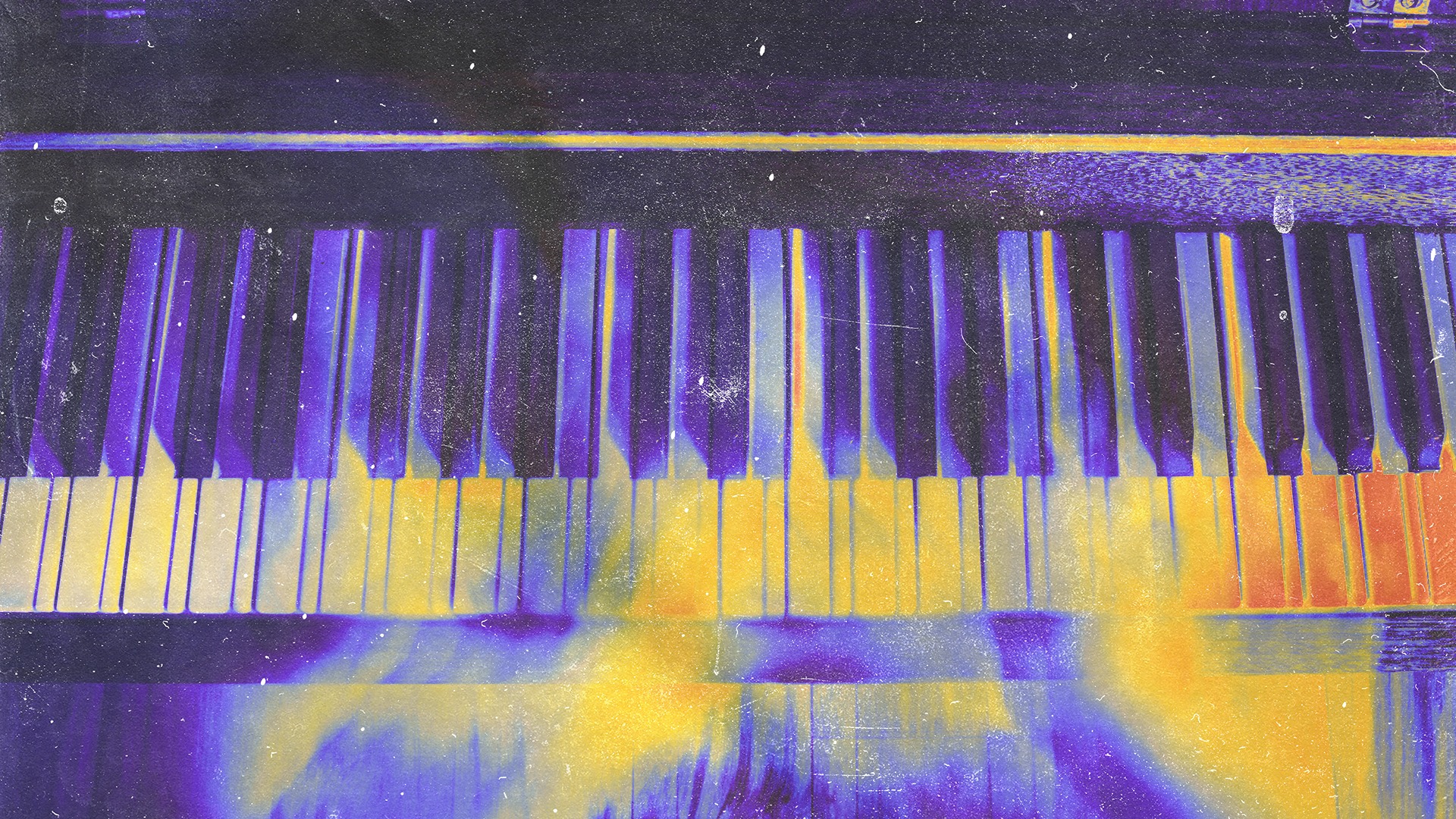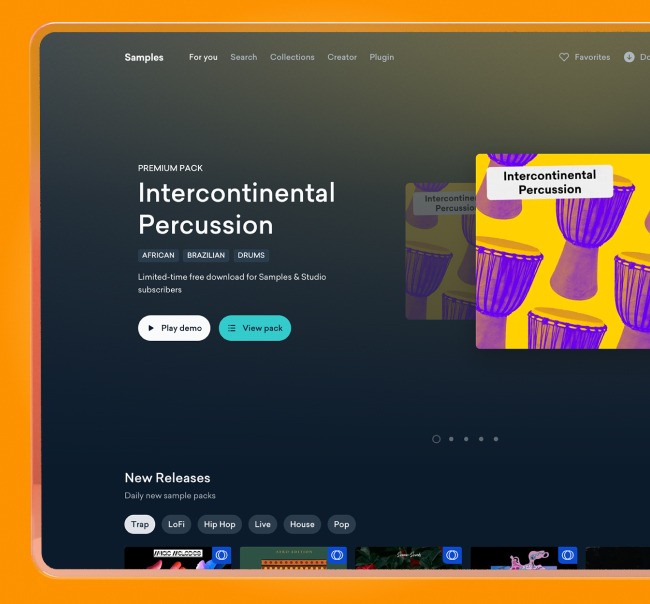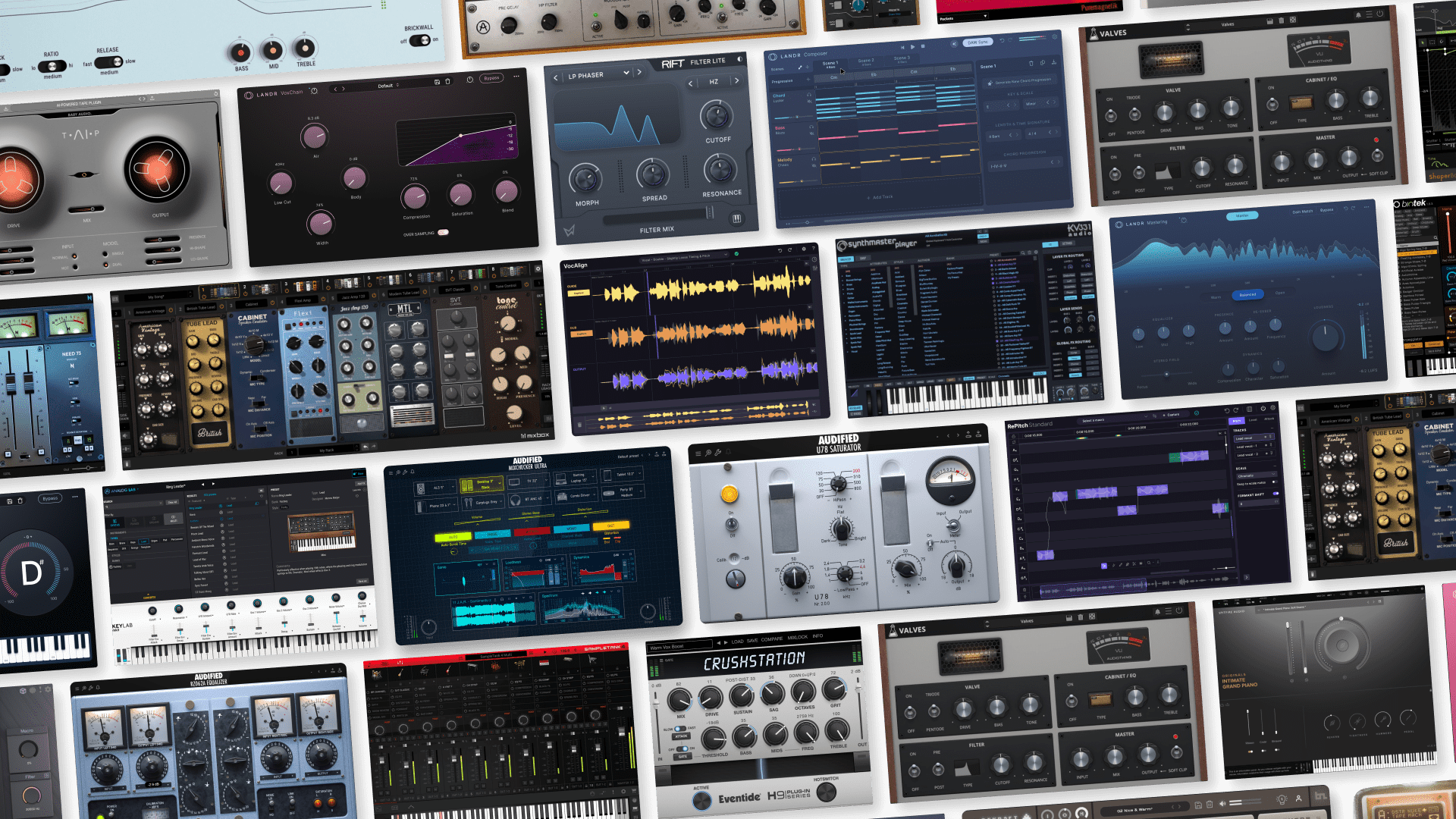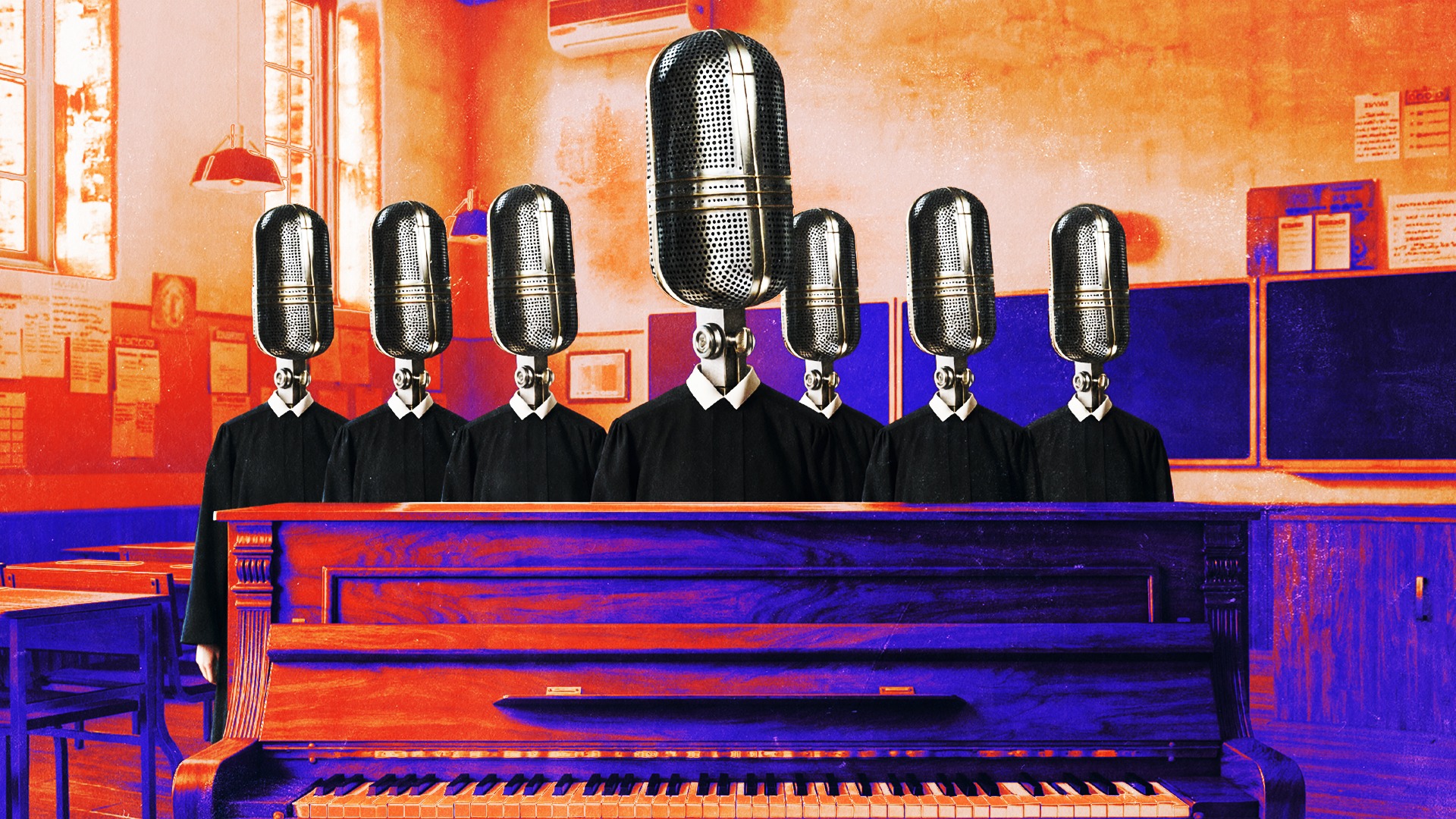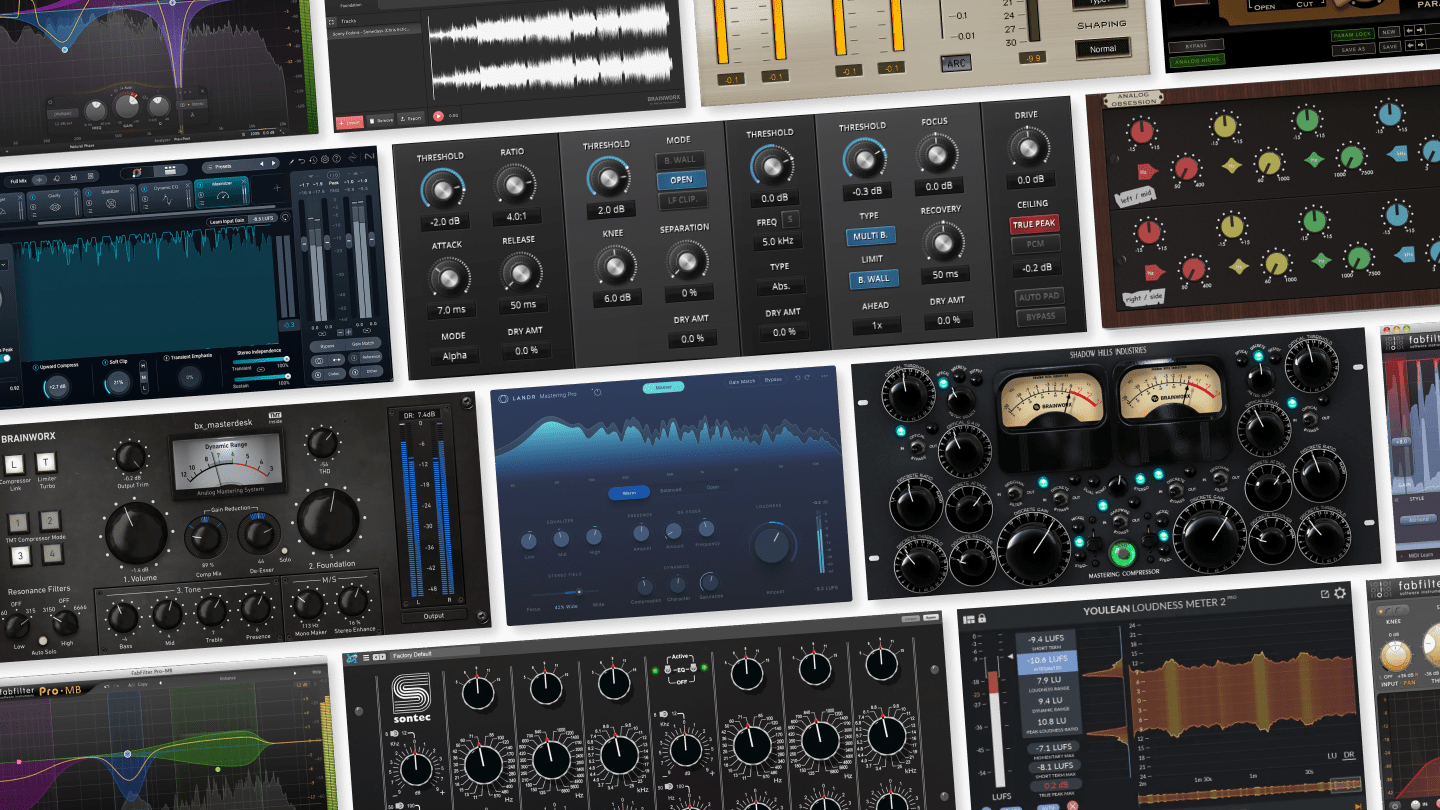
How to Write a Song: From Inspiration to Completion
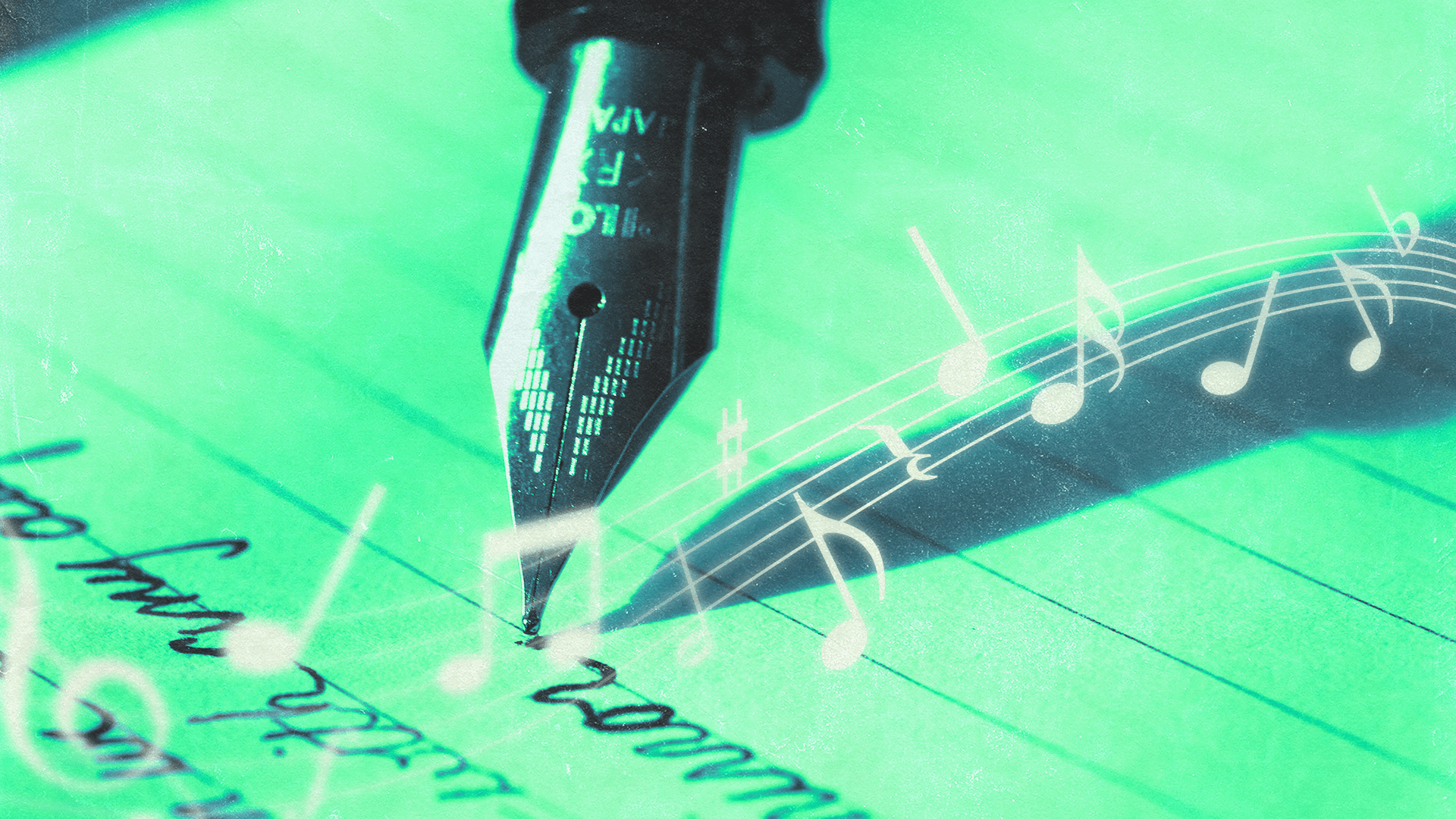
How do you write a song that stands out from the rest?
This is a challenge that all songwriters work hard to figure out, and your favorite song probably didn’t happen easily.
Luckily, songwriting as an art form has been fine-tuned over centuries of music history, so there are plenty of well-established ideas you can follow, and eventually break.
Let’s run through the basics of songwriting so you can get more comfortable crafting your future hits.
Getting inspired
Inspiration can be tricky. Sometimes it hits, and sometimes it’s nowhere to be found.
When you’re figuring out how to write a song, there are plenty of ways to intentionally spark inspiration and stay in touch with your craft.
The more consistently engaged you are with yourself as a songwriter, the easier it will be to access inspiration when you need it.
One of the most important ways to do this is to stay meaningfully engaged with music in general.
We all love revisiting favorites again and again, but music discovery can be a fantastic inspiration engine to consider. Look for new stuff, try out styles and genres you don’t usually listen to, and take note of the material that you connect with the most. This can help you build up inspiration playlists that you’ll come back to whenever your creative well is feeling dry.
If you write lyrics, similar ideas apply. Read lyrics by songwriters you love, read literature or poetry, and keep a regular journal to keep your writing mind sharp. Even a dream diary can give you interesting imagery and ideas to start with.
And, of course, there’s no denying that sometimes the creative brain just needs a break. Spend time doing non-creative things and giving yourself a chance to recharge so that you don’t wear yourself out. You just might get hit with a killer hook or line as soon as you return to the drawing board.
Choosing a starting point
Even if you feel inspired, this doesn’t necessarily mean the rubber has hit the road quite yet. Figuring out how to write a song from scratch can be intimidating, so knowing where to start is often the most crucial part of the process.
The key to this is knowing what aspect of music stimulates you the most, and starting with that.
For instance, if you’re a lyricist at heart, start with the musicality and expressiveness of language and let this give you a sense of momentum and direction.
On the other hand, if melodies and chords move you the most, or if rhythm gets the creative gears turning, focus on those elements. It’s very common for producers and songwriters to start with a central hook or rhythm that acts as the musical backbone of the song. From there it’s often just a matter of variation and arrangement.
This is also where that inspiration playlist we mentioned earlier comes in handy. You can choose a mood-based playlist you’ve created, pick two or three tracks that inspire you the most, and imagine what a song would sound like if it were made with elements of all of them put together.
Maybe your track is in the same key as one but uses a different kind of groove and expresses a different lyrical idea. As long as you don’t actually plagiarize melodies or lyrics, this can be a powerful way to make some of your favorite material into something of your own.
Finding your song’s message
What does it mean for a song to have a message? In essence, it’s about having something to say through your work, whether it’s through stylistic choices or an explicit social, political, or personal message.
Most songs with lyrics have a message of some kind, even if the songwriter doesn’t necessarily intend to communicate one explicitly. In fact, music without lyrics can carry a message as long as the artist is expressing something personal through the overall aesthetic of their music.
You don’t necessarily have to be intentional or conscious with the message of your music. Despite this, it can still be a useful and important creative exercise to think about your voice and what you want to get across, especially when you’re first learning how to write a song.
What do you have to say as an artist? What does your music convey to the listener that other music doesn’t? You can approach these questions literally or creatively, shaping your process based on the thoughts and feelings that come to mind when you answer them.
Developing harmony and chord movement
Depending on what kind of music you make, the elements of melody, harmony, and rhythm will be some of the most important ones at play when figuring out how to write a song.
As we mentioned above, which one of these elements you start with depends entirely on what motivates and inspires you the most, but there are some tips to keep in mind for each of them.
That being said, we’re big fans of starting with a chord progression first.
Not only does this immediately establish the vibe of your track, it makes it far easier to build a simple but effective melody on top. LANDR Composer is especially powerful for gaining momentum at this stage of the process.
Choose chord progressions that fit the mood that you want to convey with your song. Notice how each change shifts the feeling, and try mixing major, minor, or unexpected chords for variety.
Once you’ve found something that resonates, loop it and let your emotions guide what comes next. It’s often in these moments that the heart of a song begins to emerge.
Building melody and rhythm
Once you’ve found a strong harmonic base, the next step is to let melody and rhythm bring your song to life. Think of these as the voice and heartbeat that carry your chords forward.
For melody, start simple and build on ideas that feel natural to sing or play. Repeat short phrases, change rhythms, or emphasize different notes to make it memorable.
Rhythm is the glue that connects everything. Adjust tempo, groove, or accents to shape the song’s energy. When melody, harmony, and rhythm support each other, your music feels unified and expressive, not to mention infectious.
As you refine these elements together, focus on balance, as each one should serve the mood you’re trying to create. The interplay between melody, harmony, and rhythm is where your song finds its unique identity.
Creating a hook
The hook of a song is an element that takes center stage to grab the listener’s attention and make the song memorable.
This could be a melody or chord progression, a flipped sample, a vocal element, or even a drum pattern.
Knowing how to write a song with a powerful hook can be deceptively tricky. Most of the best hooks in recent memory are pretty simple, but arriving at the right balance between simplicity and distinctiveness isn’t always easy.
If you have a chord progression in place that is strong enough, this can certainly serve as a hook. But if it seems better suited as supporting your main melody, then it’s probably best to focus on refining that melodic line to be as catchy as possible.
A strong melodic hook usually centers around a clear tonal focus, often emphasizing the root, third, or fifth of the underlying chord.
It tends to move in short, stepwise intervals with occasional leaps to create contrast without losing cohesion.
Repetition is key, but subtle rhythmic or melodic variations keep it engaging. Using tension and release (like resolving a leading tone or syncopated rhythm) helps the hook feel both satisfying and dynamic within the song’s harmonic framework.
Writing lyrics that connect
If you write lyrics for your music, you have a massive palette to work with, and this can often be intimidating.
Not only are there endless possibilities, writing good lyrics requires a tricky and delicate balance between many different considerations.
In order to really work for the listener, lyrics often need to be honest, relatable, emotionally or conceptually rich, and poetically or aesthetically appealing.
You don’t have to knock it out of the park in all of these departments at once, but it’s a good idea to bear them in mind when working with your language and ideas.
Some songwriters write from personal experience and construct their songs to play out a particular narrative.
Others take a more abstract approach, like writing random phrases on various pieces of paper and pulling them out of a hat.
If the kind of music you make is more textural and atmospheric, you can rely more on the rhythm and texture of words than their coherence.
Whatever your approach, the goal is to make your words serve the music. Once you learn how to write a song with strong lyrics, you’ll be working at another level of expertise.
Shaping the song’s flow
For some artists, building the structure and arrangement of a song can be very inspiring and engaging, while for others, it’s one of the least stimulating parts of the process.
If you’re someone who struggles with arrangement and composition, a helpful strategy can be to build your song one section at a time. For this, it’s essential to know the various parts of a typical song’s structure.
This usually includes an intro, verse, pre-chorus, chorus, bridge, and outro (not necessarily in that exact order).
It’s pretty common for artists to start by focusing on the chorus, as this is the part of the song that holds everything together, and it’s what listeners will remember. When you have a really strong chorus, you have a powerful foundation to build everything else on from there.
To get a better handle on this part of the songwriting process, we recommend checking out this article, where we explore song structure in greater depth.
Finishing your song
Finishing a song seems like it should be the easiest part. You’ve done most of the work writing the music, building the structure, getting the lyrics right, and putting everything together. So, the final touches should pretty much speak for themselves, right?
If only it were so simple.
For one thing, it’s not uncommon for songwriters to second-guess certain creative decisions late in the process. Experiencing a bit of doubt about your song is totally normal, and this is what getting input from your friends and peers is about.
Play your song for someone whose taste you respect and see what they have to say about it. They may be able to identify areas of improvement that you didn’t catch, and they can also tell you how memorable the song is over time.
Based on the feedback you gather, you can fine-tune your song to get it to the level you’re looking for.
And then, of course, once production is done, you’ll need to master your song so that it’s ready for worldwide distribution.
Just remember that learning how to write good songs is a lifelong process, and you won’t become a songwriting legend overnight. It takes focus, authenticity, and consistent work to improve your skills over time and craft a creative voice that people will remember.
Gear guides, tips, tutorials, inspiration and more—delivered weekly.
Keep up with the LANDR Blog.



